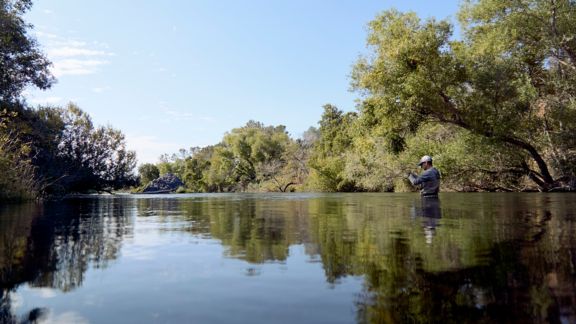2019 Census of Tribal Law Enforcement Agencies (CTLEA)

Challenge
The first Census of Tribal Law Enforcement Agencies survey was developed to reflect the data needs of tribal law enforcement agencies.
Prior to the 2019 Census of Tribal Law Enforcement Agencies (CTLEA), no data was available to describe the unique characteristics of tribal law enforcement agencies. The intention of the 2019 CTLEA was to:
- Provide a means for tribal justice agencies to educate and inform others about their work.
- Assist tribes in collecting informaiton that can be used to justify budgetary requests.
- Provide baseline information to guage the changing environment in which tribal law enforcement agencies work.
- Describe the unique challenges that tribal law enforcement agencies face.
- Inform tribal, national, state, and local policymakers and funding sources of the needs of tribal law enforcement agencies.
Solution
We collaborated with tribal justice experts to develop the first Census of Tribal Law Enforcement Agencies.
The International Association of Chiefs of Police (IACP), IACP's Indian Country Law Enforcement Section, NORC at the University of Chicago, and the Bureau of Justice Statistics (BJS) worked with a panel of tribal justice experts to develop surveys to collect data from tribal law enforcement agencies serving federally recognized tribes and Bureau of Indian Affairs law enforcement agencies. Under the Tribal Law and Order Act of 2010 (TLOA; P.L. 111-211, 124 Stat. 2258 §251 (b)), BJS is required to establish and implement a tribal crime data collection system.
As advised by the tribal justice experts, survey questions collected information about the operations of tribal law enforcement agencies and the unique characteristics of providing law enforcement services on tribal lands. These questions collected data on a set of comparable core topics including information on criminal jurisdiction, staffing, officer training, funding sources, equipment, information sharing, and information technology.
Results
The results of the 2019 Census of Tribal Law Enforcement Agencies survey are available in a report produced by BJS.
Ninety-two percent of eligible tribal law enforcement agencies and 100% of Bureau of Indian Affairs agencies responded to the survey. A response was also received on behalf of the Village Public Safety Officer Program. Based on these responses, BJS analyzed the data. A report summarizing the 2019 data is publicly available.
Project Leads
-
Beth Fisher
Senior Research DirectorSenior Staff







